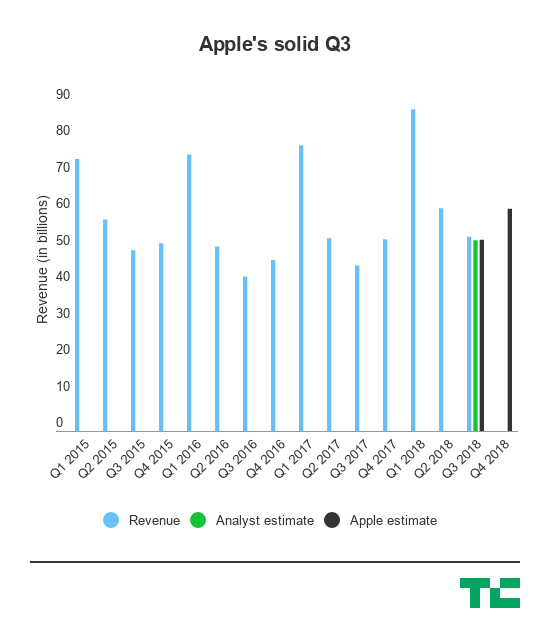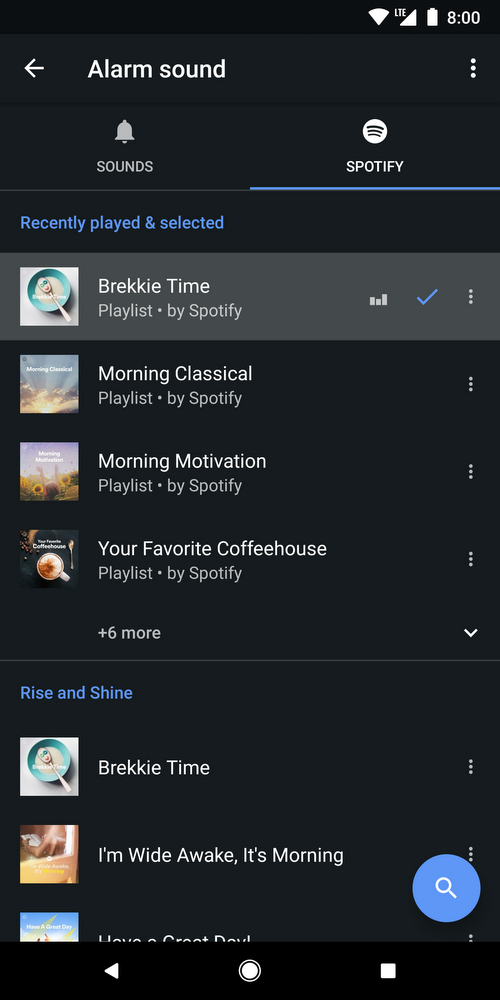Google’s search service could be poised to make a dramatic return to China next year, according to an explosive report from The Intercept.
Google yanked its search service from China in 2010 in the face of pressure over censorship, but now the publication reports that it has developed a censored version that could launch in the country in six to nine months, according to information supplied by a source within Google. The alleged product would block Western services already outlawed in China, including Facebook, Twitter and Instagram, and also scrub results for sensitive terms, such as the Tiananmen Square massacre, and international media including the BBC and New York Times.
Google didn’t deny the report in a statement:
“We provide a number of mobile apps in China, such as Google Translate and Files Go, help Chinese developers, and have made significant investments in Chinese companies like JD.com. But we don’t comment on speculation about future plans,” a spokesperson told TechCrunch.
The Google insider claims that the search product is codenamed Dragonfly and that knowledge of it is limited to a handful of high-level Google executives, including CEO Sundar Pichai. The company is said to plan to operate a joint venture in China with an unnamed local company.
The Intercept said its source got in touch out of concern that the project “will set a terrible precedent for many other companies who are still trying to do business in China while maintaining the principles of not succumbing to China’s censorship.”
There’s been plenty of speculation over the years that Google will re-enter China with a meaningful product. That has tended to focus on the Play Store, but it looks like the search product has already gained considerable momentum. The Intercept reports that it has been demonstrated to Chinese government officials, with Pichai himself having attended at least one meeting with authorities.
Internal documents seen by The Intercept show that an Android app is the initial focus, but there could be scope for a desktop version and more further down the line. The current concern, according to the publication, is ensuring that the service gains Chinese government approval and is good enough to compete with what is already available to internet users in China.
The Intercept’s report comes less than a week after Facebook briefly received approval to operate a subsidiary on Chinese soil. Its license was, however, revoked as news of the approval broke. The company said it had planned to open an innovation center, but it isn’t clear whether that will be possible now.
Facebook previously built a censorship-friendly tool that could be deployed in China.
While its U.S. peer has struggled to get a read on China, Google has been noticeably increasing its presence in the country over the past year or so.
The company has opened an AI lab in Beijing, been part of investment rounds for Chinese companies, including a $550 million deal with JD.com, and inked a partnership with Tencent. It has also launched products, with a file management service for Android distributed via third-party app stores and, most recently, its first mini program for Tencent’s popular WeChat messaging app.
The Intercept suggests that these dealings are a prelude to introducing Dragonfly in a bid to capture a chunk of the 700 million internet user market that grown quickly since Google’s search business left the country.

from Android – TechCrunch https://ift.tt/2LRucNW
via
IFTTT



